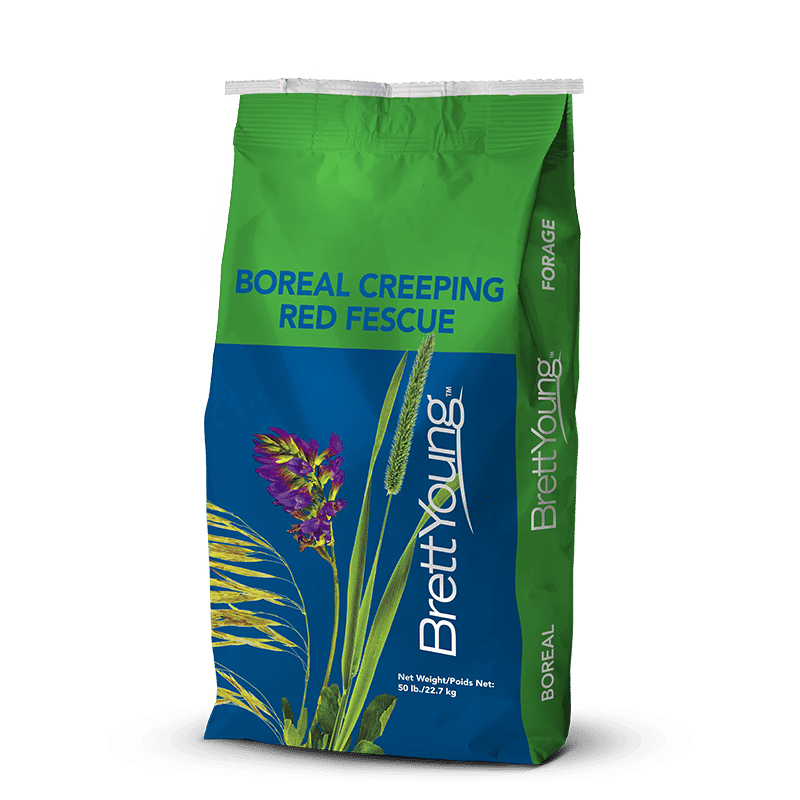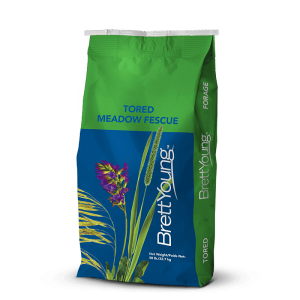| Characteristics | |
|---|---|
| Variety | Boreal |
| Use | Hay & Pasture |
| Root Habit | Sod Forming |
| Plant Type | Basal |
| Preferred Growing Conditions | Widely adapted; does best in high rainfall areas |
| Production Period | Spring – Fall |
| Key Features |
|
| Limitations |
|
| Approx. Seeds/lb | 375,000 |
| Seeding Rate lb/acre | 3-6 |
| Environmental Tolerances | |
|---|---|
| Winterhardiness | Excellent |
| Drought Tolerance | Moderate to High |
| Flooding Tolerance | Moderate |
| Optimum PH | 5.5 – 7.5 |
| Acidity Tolerance | Moderate to High |
| Alkalinity Tolerance | Moderate |
| Salinity Tolerance | Low to Moderate |






